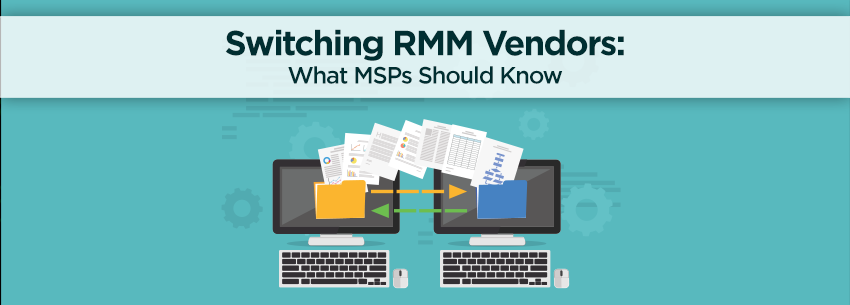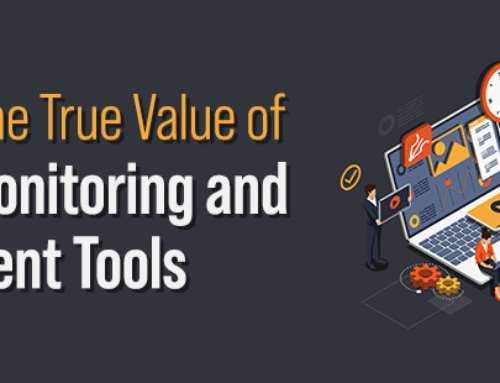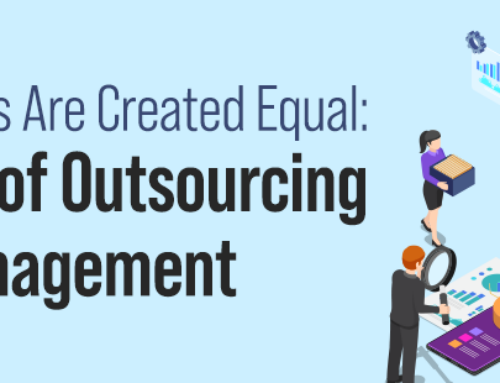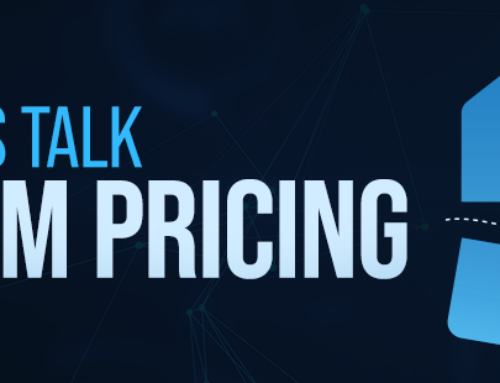When it comes to running a successful managed service provider (MSP) business, it’s critical to have the right tools at your fingertips. One of the most important tools for an MSP is remote monitoring and management (RMM), an essential daily tool to help monitor and control a customer’s IT systems and ensure effective ongoing support.
Given that an RMM tool is so foundational to an MSP’s business, MSPs must take time to carefully consider the right one for themselves and their customers. The good news is this: There are plenty of options from which to choose. As one data point for the size of the selections available to an MSP, the overall global market for RMM is expected to reach $31.7 billion by 2026.
Before choosing an RMM tool, an MSP should carefully evaluate the feature requirements of the solution to best support their clients’ unique needs. A good RMM tool will help an MSP increase their operational efficiencies and help them hit key performance metrics with their clients.
When evaluating a new tool or considering a switch from an existing RMM vendor, MSPs should evaluate if the tool can support their current technology, processes, integrations, and reporting needs. This includes any specific technologies their customers might have, compliance requirements, and reporting for specific performance metrics they must hit. MSPs should also look ahead, ensuring that the RMM tool can support what they use today and support any new services or software they could add in the future.
In addition to the features and functionality, an MSP should also look at the company itself. A business owner should ask questions about what cybersecurity precautions the vendor has taken to reduce the risk an MSP can pose to its customers through privileged connections to their environments. Additionally, they should also look at customer onboarding and ongoing support to ensure a positive relationship.
Finally, an MSP should consider if the RMM tool is aligned with the budget it’s able to support. As part of this consideration, an MSP should factor in any cost savings it may achieve by adding an RMM tool that can deliver automation and operational efficiencies that can help reduce labor costs overall for their teams.
An MSP should also regularly reassess these requirements to ensure that its current RMM tool fits its needs as it grows; however, migrating an RMM tool is a lengthy and time-intensive process, so an MSP must do the work upfront to ensure long-term success.
An RMM tool is a core piece of an MSP’s day-to-day operations to support its customers and enhance the way they can leverage technology. By carefully choosing the right RMM tool, an MSP can ensure it enables their teams to support their clients with the best they have.




